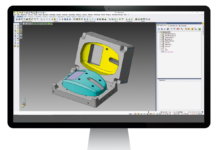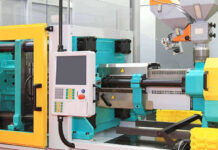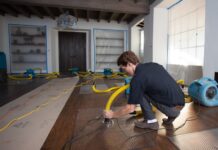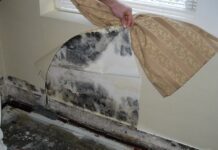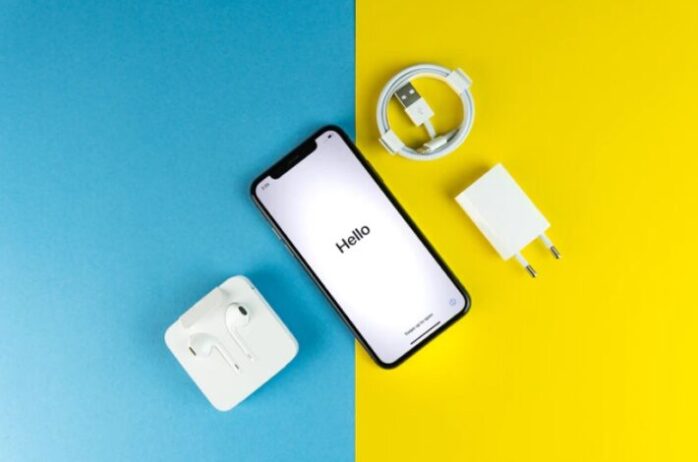
Nowadays, smartphones are useful for all of our communication needs and they have become a household essential for many individuals. Smartphones can be costly, so it’s important to keep them safe.
To keep them safe and increase their efficiency and utility, they come with various phone accessories like charger earphones and phone cases. These accessories (especially phone cases) are largely manufactured by several plastic injection molding firms.
This article will explain the manufacturing of phone accessories in detail.
Phone Cases
Usually, phone cases are made using injection mold manufacturing processes. Click here for more information.Not just the phone cases, the injection technique is used in several other items that are used for home decoration and usage, like plastic furniture, buckets, toys, and much more.
They are not made by mobile companies and their production is outsourced. It is similar to other electronic accessories. They typically consist of four large parts: the face shell, the face support, the rear support, the rear shell, and a few small plastic parts, such as the battery cover, and other small plastic parts such as buttons, windows, and buckles.
Injection mold structural design for phone casing, as well as an assembly with components such as circuit boards and batteries, must take into account interoperability.
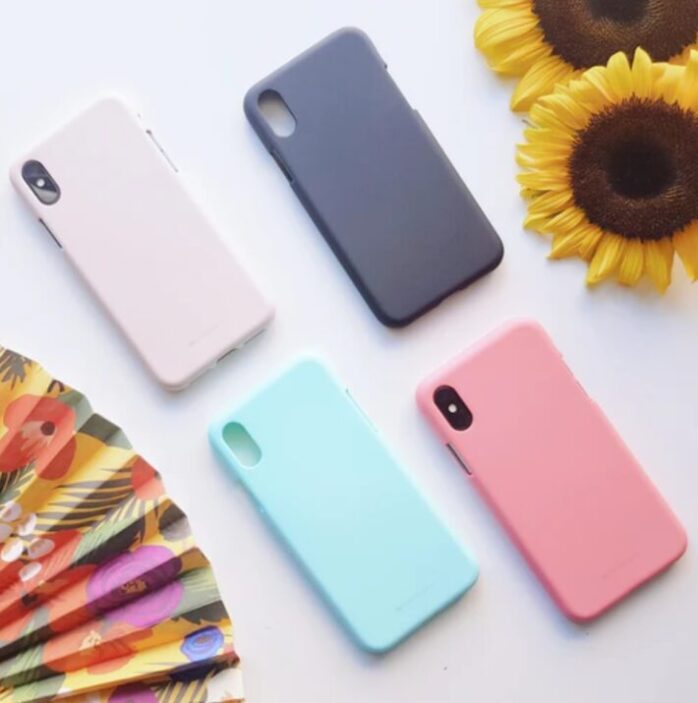
Types of Materials Used in Making Accessories
-
Polycarbonate (PC)
Polycarbonate is famous for its reliable impact resistance. This amorphous thermoplastic is utilized in the manufacture of a wide range of items, including glass lenses, bulletproof windows, automobile parts, and medical equipment.
-
Silicone
Silicone, often known as polysiloxanes, is a synthetic polymer group formed up of repeated siloxane units. Those repeating units are made up of a chain of alternating silicon and oxygen atoms, which are usually connected by carbon, hydrogen, and other elements.
Silicone is an element that may be found in sand, which is one of the most plentiful elements on the planet. Silicone is used to make phone keypads, ice trays, and a variety of other products.
-
Thermoplastic Polyurethane (TPU)
Thermoplastic Polyurethane is a flexible elastomer that is made up of linear segmented block copolymers with both hard and soft segments. TPU phone cases have a broad list of features, including elasticity and resistance to abrasion, grease, and oil. They provide great protection for any smartphone.
Many things, such as automobile seats, furniture, and packing materials, are also made from polyurethane.
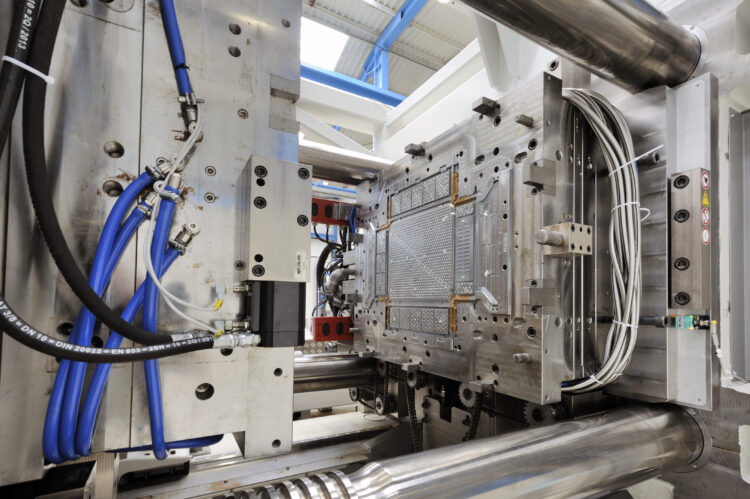
Accessories Manufacturing Using Injection Molding
Injection mold design for phone accessories must take into account the structure and assembly of the injection-molded pieces.
-
Making the Base of Mold
If the product has a cavity for plastic injection molding, it needs a mold base, which connects the mold to the injection molding machine. These molds are also used in making household items and various types of molds, as well as assisting with plastics and molding.
Manufacturing technology called plastic injection molding involves pumping material into a mold to form phone accessories. Using this process, mobile phone cases can be precisely shaped and created.
To pump molten plastic material into a mold cavity in the mold base, an injection molding method generally employs either a ram or screw-type plunger.
If a silicone mold is used to build the accessory, this method is used to solidify its shape. This is accomplished by injecting the plastic under high pressure into a mold, which molds the polymer into the desired shape.
Metals, glasses, elastomers, confections, and most commonly thermoplastic and thermosetting polymers can also be used for injection molding. For injection molding to work properly, the parts must be designed with precision.
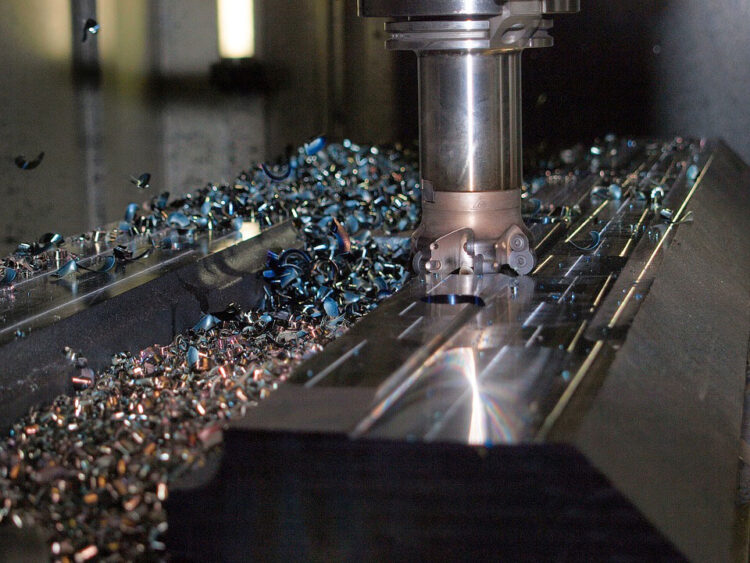
-
CNC Machine
Using computers and equipment, the plastic injection molding business manages a variety of manufacturing processes. When machines are needed to manufacture and manage specific jobs, the Computer Numerical Control (CNC) machining process takes place.
An expert mold maker utilizes a CNC machine to shape the mold slowly and meticulously from the mold foundation.
Material is transformed into a final product, such as the phone case, from a block of plastic by a CNC machine that uses digital instructions to cut prototype items. Due to the automation of highly technical and labor-intensive operations, the manufacturing process for mobile accessories is substantially improved.
-
Smoothening and Polishing
A smooth and polished finish is applied to a design once the plastic has been injected into the mold and has taken on the desired shape, solidified, and cooled.
Once the case has been injected molded, it is removed from the mold and placed in a container. In order to create the final shape, the sharp edges will be rounded off and trimmed.
Finishing touches such as paint and packing are then added to complete the design. The phone accessories are then packed to be placed in the market.
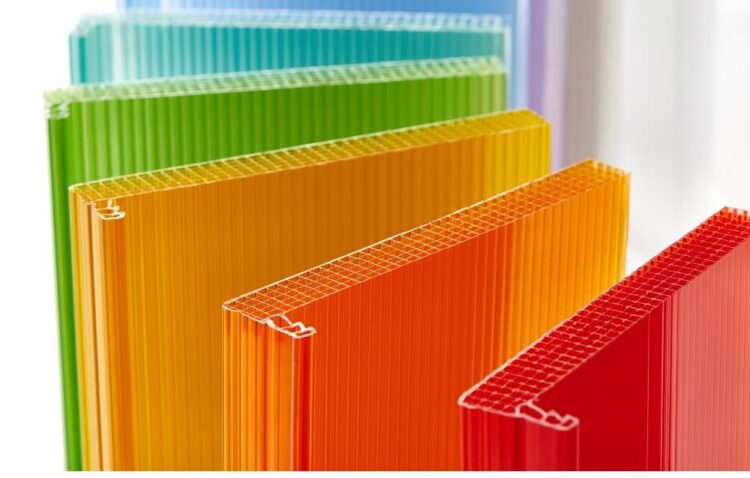
Molding Conditions
Plastic is the most common material used in mobile phone accessory manufacturing. Materials like polycarbonate have a low fluidity, which necessitates high mold temperatures and high-temperature filling.
Let’s have a look at the essential points of molding conditions, including melt temperature, mold temperature, and setting points for molding parameters like injection speed and backpressure.
-
Melting and Mold Temperature
Several parameters influence the optimal injection molding temperature setting, including machine size, screw configurations, mold design as well as injection molding cycle time. It’s common practice to set the feed pipe’s rear segment at a lower temperature than the front section, to melt the plastic slowly.
However, if the screw is not configured properly or the machine value is too small, reversing the temperature setting is feasible as well.
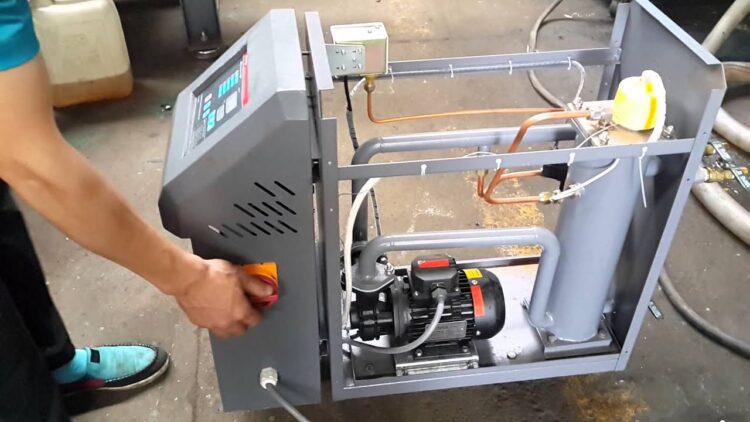
-
Back Pressure
For uniform feeding, it is recommended that a pressure of 3 to 14 kg/cm2 is utilized. When it comes to injection speed, gate design has a significant impact on it. With a direct or edge gate, fire is sprayed at a slower rate to block daylight and wave flow.
If the process is going from injection molding to holding pressure, the holding pressure is kept as low as possible to eliminate residual tension in the injection molded part. Annealing at a temperature range of 120° to 130° C can eliminate or decrease residual stress.
Conclusion
Manufacturing mobile phone accessories largely incorporate injection molding techniques and require high precision. We hope that the points explained in this article helped you understand the whole process.

